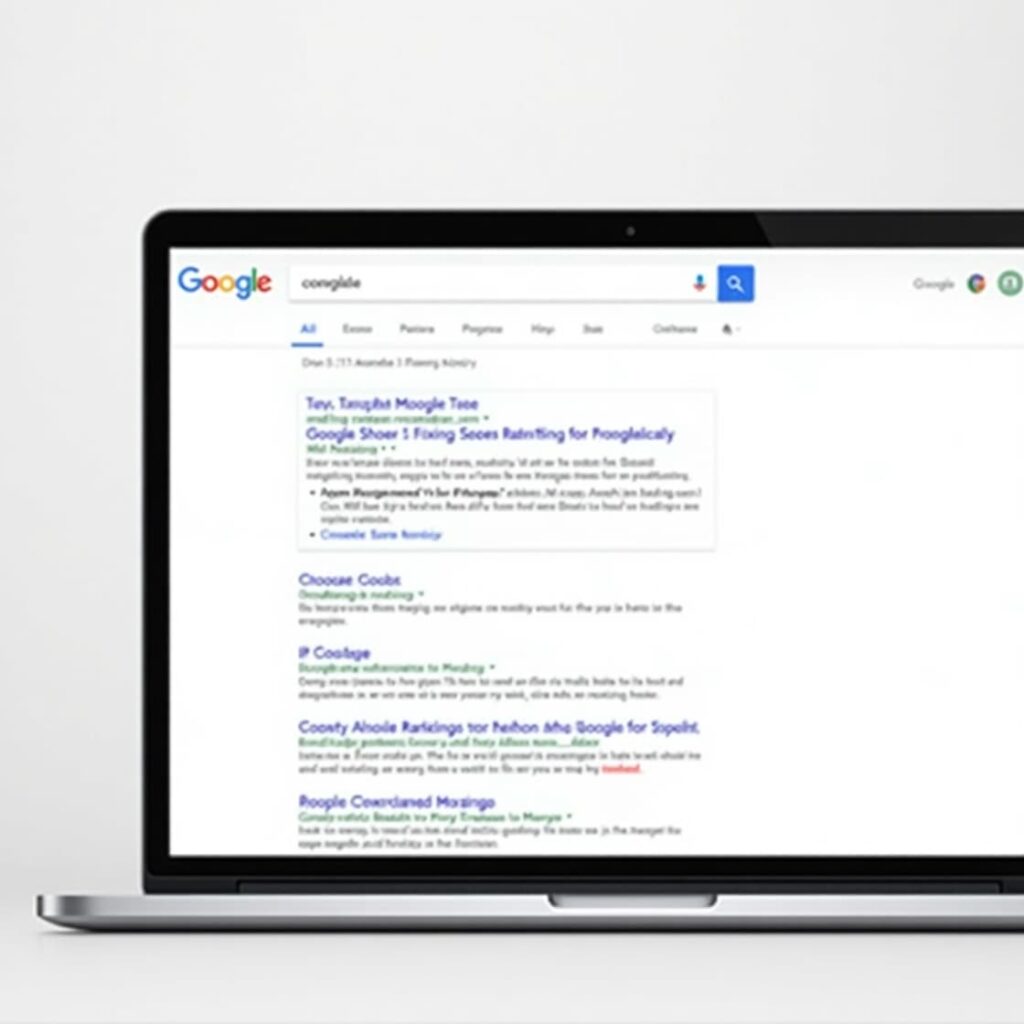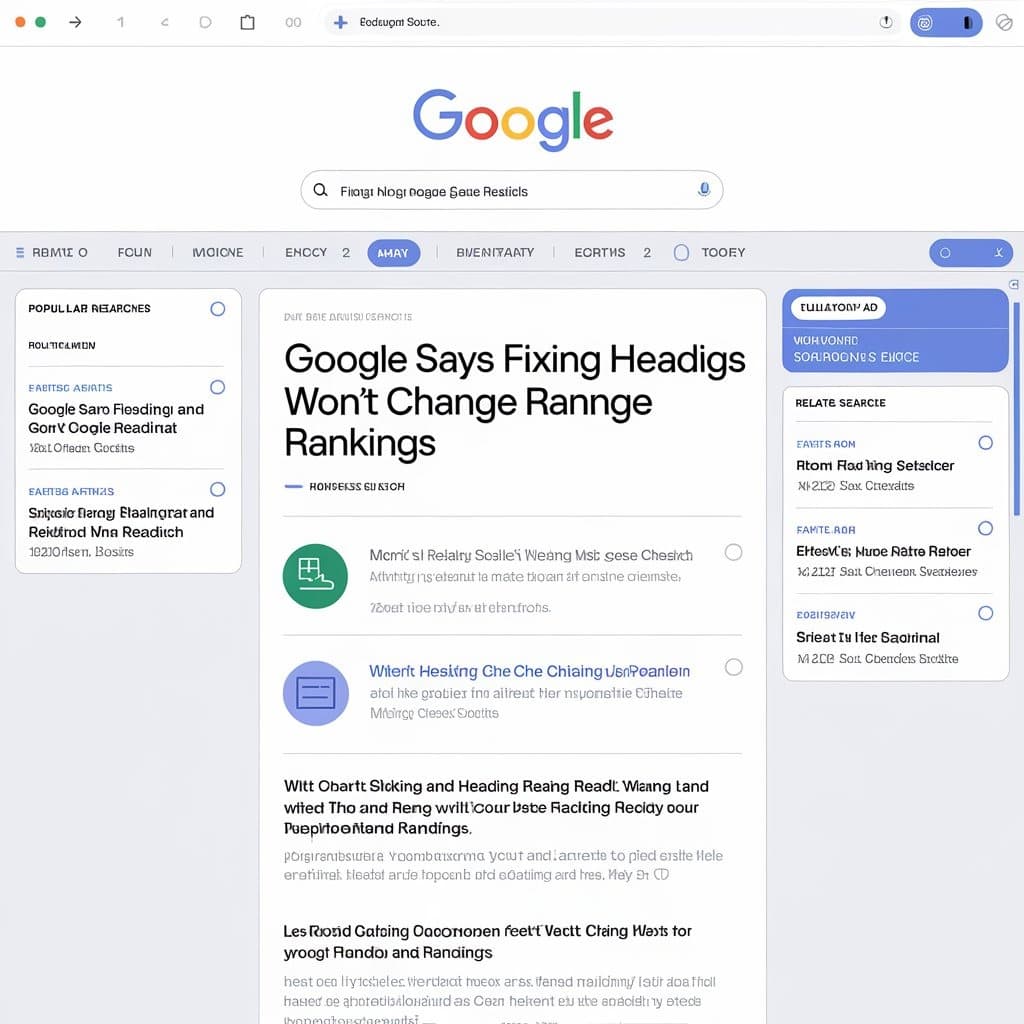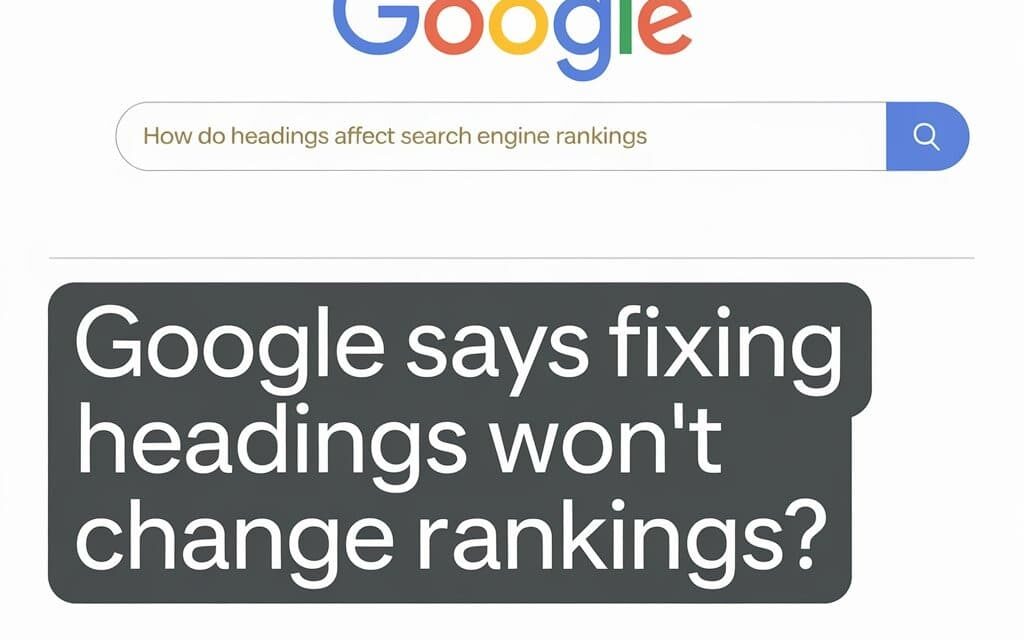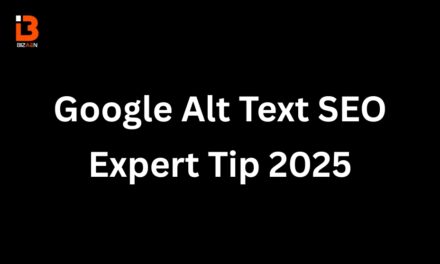Google has once again clarified that fixing heading structures on a webpage won’t magically boost rankings. While headings are important for content organization and accessibility, they are not a major ranking factor. However, they contribute to better user experience and content clarity, which can indirectly impact SEO performance.
Let’s dive deeper into how heading structures influence SEO, common misconceptions, and what Google wants from structured content.
Google’s John Mueller has stated that while heading hierarchy has a slight SEO impact, fixing it won’t significantly improve website rankings or change how Google uses them
Table of Contents
- Hierarchical Heading Structure
- Are Incorrectly Ordered Headings Harmful To SEO?
- H1, H2 Headings Have A Slight Impact
- Google Says Fixing Headings Won’t Change Rankings
Hierarchical Heading Structure

A well-structured heading hierarchy helps both users and search engines navigate content more efficiently. Proper use of H1, H2, H3, and beyond creates a logical flow, making content more readable and scannable.
Best Practices for Heading Structures:
- Use H1 for the main title of the page (only one per page).
- H2s should represent major sections of the content.
- H3s and lower headings should support and break down subtopics within H2 sections.
- Keep headings clear and descriptive, integrating relevant keywords naturally.
While this improves user experience, Google confirms that fixing headings alone won’t lead to sudden ranking jumps.
Are Incorrectly Ordered Headings Harmful To SEO?
One common myth is that incorrect heading orders (e.g., using an H3 before an H2) can harm SEO. Google has repeatedly stated that this is not a ranking factor. Search engines can understand content context even if headings are out of order.
However, poorly structured headings can hurt usability by making content harder to follow. A well-ordered heading structure improves:
- Readability & accessibility
- User Engagement
- Content comprehension
So, while an incorrect heading order won’t penalize rankings, it’s still a best practice to keep headings structured logically for better UX and engagement.
H1, H2 Headings Have A Slight Impact

Google acknowledges that headings slightly impact SEO, but not in the way most people assume. Instead of directly influencing rankings, well-optimized headings help by:
- Improving content relevance for search engines.
- Enhancing snippet generation in SERPs.
- Making information easier to digest for users.
If headings align with user search intent and properly categorize information, they support semantic SEO strategies, which indirectly benefit rankings.
Subscribe for Daily Search Insights
Stay ahead with the latest updates, tips, and strategies in the SEO game. Subscribe to Bizaen and never miss an important Google update!
Google Says Fixing Headings Won’t Change Rankings
Fixing headings alone won’t change rankings, but that doesn’t mean they should be ignored. A clear, logical heading structure improves user experience, engagement, and content clarity, which are crucial for long-term SEO success.
Rather than obsessing over heading tags, focus on:
- Creating high-quality, valuable content.
- Matching user intent with your headings and content.
- Optimizing for semantic search and structured data.
Adopting a holistic SEO approach can enhance visibility and drive more organic traffic, rather than relying solely on technical heading adjustments.








